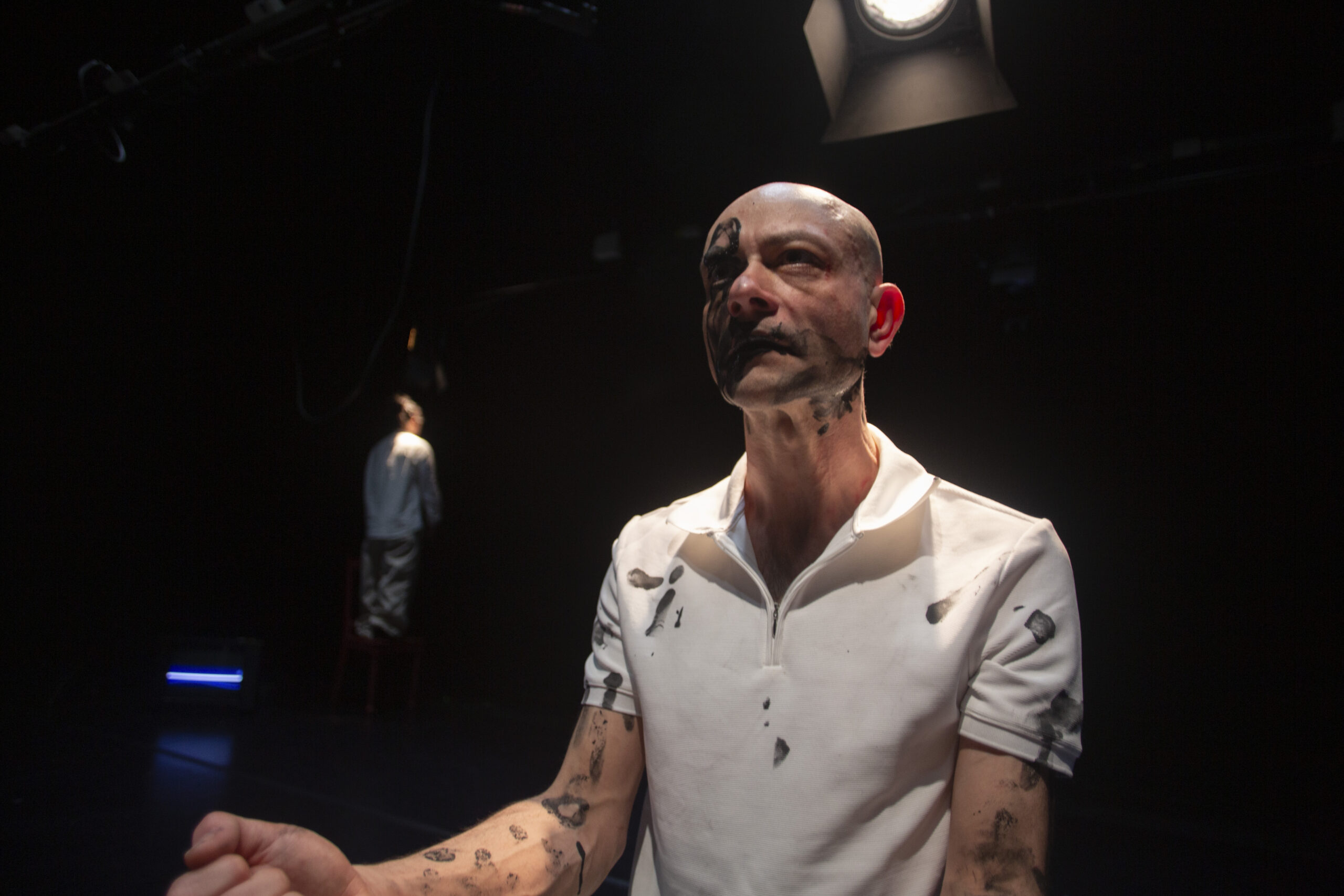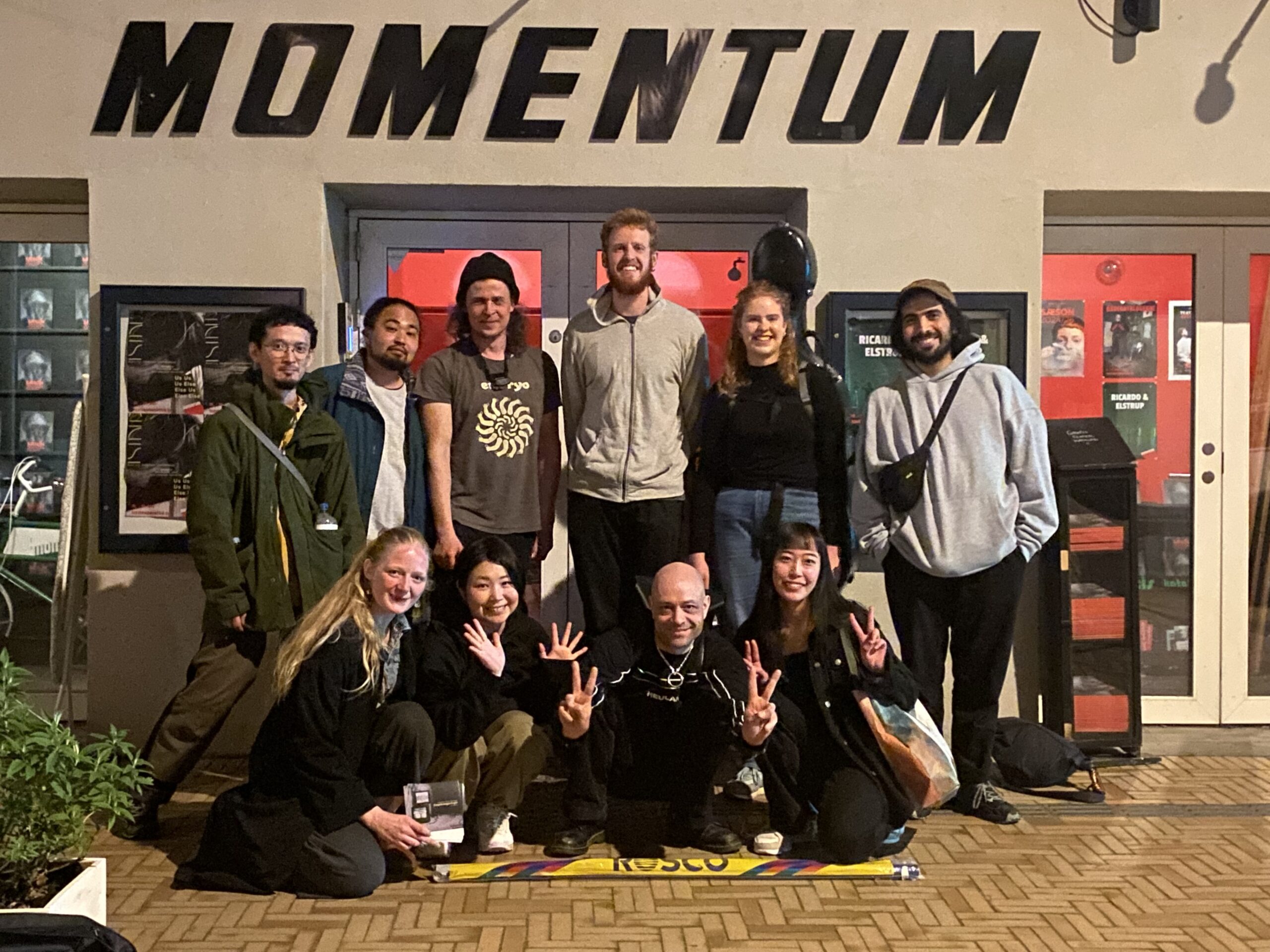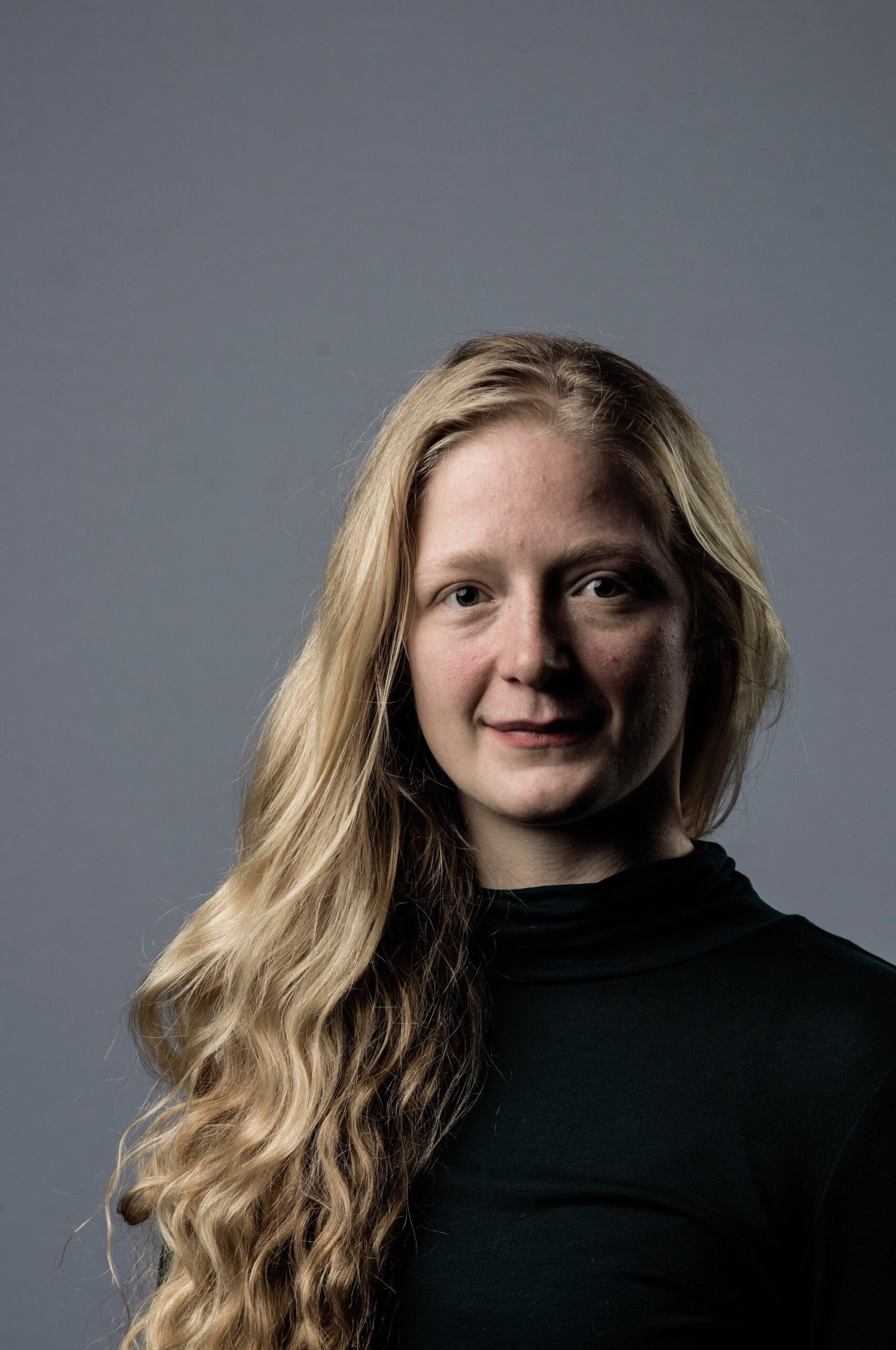Column
ColumnPerspective 1 – Recognizing different phenomena in different individuals
I met Keisuke Sugawara at a workshop in Berlin. Shortly after, the dance became a cup of tea and a new interesting collaboration about coexisting blossomed. Sharing our different backgrounds and cultures gave wind to new approaches and understandings, rethinking different phenomimes of living.
A talk about how we categorize different emotions, to be good or bad, the culture differences in how we approach emotions and also the similarities in which we talk about them came together into the third production – a dive into the concept of anger.
How does anger look like when it is contained inside the body before the explosion, if you at all experience an explosion. A quest not just accepting the common portrait of anger but how does it look and feel to you, your intimate relation with your own anger.
We dived in, curious and open. Doing the creation process it was beautiful to experience the different artist had the openness and willingness, to understand each other’s perspectives and despite or maybe because of language barriers and culture difference a new language was co-created. A language that still managed to contain the space for individuality and nuances. A language which manifested in drawings, concepts, sounds and lines.

Through talks and interviews with people from different backgrounds, cultures and age groups a space was created for the feeling of anger to become poetic, funny, intimate, unbearable, performance enhancing, a tool for change, for setting boundaries, an energy state – it became a tapestry in itself. To hear and to talk with people about the intimacy that each has with their own anger was inspiring.
At first in the process of walking with anger, I had the notation of feeling trapped, as if the world is closing in on me or as if I was tying up myself, often caused by experiencing something unfair, something disrespectful. The tying enhances until there is no more movement possible. When the rope finally falls the sensation of containing and being contained in a black cloud accrues. If then the explosion comes, I immediately experience a thousand arrows shooting at me out of balance with the energy I actually put out. This feeling stays for hours, days, even months and years late I can still easily recall the feeling.
Through listening and observing others image of anger, it became clear that anger has a direction, and there seemed to be an overall tendency to fear one’s own anger or the reaction one would get, if it was let out, often because anger was hold with this idea of uncontrolled rage. But what also came out of these talks was the opportunity to use the emotion as a force, a force for growth, instead of an uncontrolled relief. This cost for me a realization that we can borrow these different images of anger and next time I experience the sensation of the world closing in on me, I can for example borrow the image of anger as a karate strike, a perfect balanced strike for self-defense instead of let’s say the image of a geyser, where the water is slowly flouting in changing the pressure of the underwater cave and then shooting out uncontrolled. To become aware of the endless ways of dealing with this emotion gave a form of liberation and a hope that maybe it is possible to sit with one’s own anger intimate, balanced and fearless without suppressing it.
For some of the audiences this was also a reflection on their own relation to any emotion they would experience through their day. Do they notice their feelings? Do they feel overwhelmed or controlled by them? Do their emotions guide them? What is the relation? It was interesting to hear how for some the pace and sound of the performances was discomforting, so as they looked at these different images of anger, a world of emotions was spreading inside themselves and they had to figure out how to sit with it and for others the same pace and sound created a state of silence to step back from their own emotions and looked at them more distanced.
Out of a talk with audience after it also came out that parts of the performance for them symbolized self-harm, caused by unresolved emotions or a lack of having the space to act constructively with the energy of the emotion. That any emotion held in can led to a moment of self-destruction, which seemed to cause either fear, frustration or concern or a mix in the person observing.

Another interesting feedback from the audience was how they noticed that for them it was easier to recognize their own emotions in some artist more than other artist. This referred both to the media through which the artist expressed themselves but also through the mimic in their bodies and faces. Since we were not standing in the middle of encounter but rather observing different perspectives it gave space for a communication that broaden our understandings of ourselves and also fostered a deeper understanding of others. I think this very well highlights the importance of multidisciplinary cross-cultural collaborations for a peaceful co-existing.








